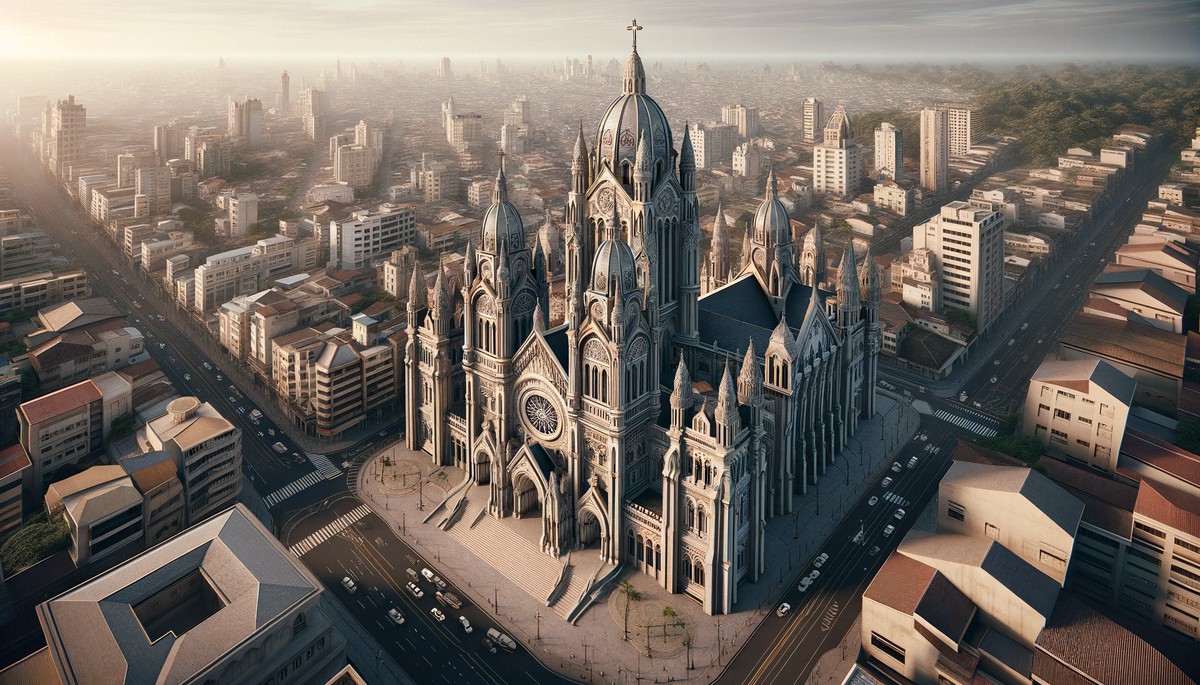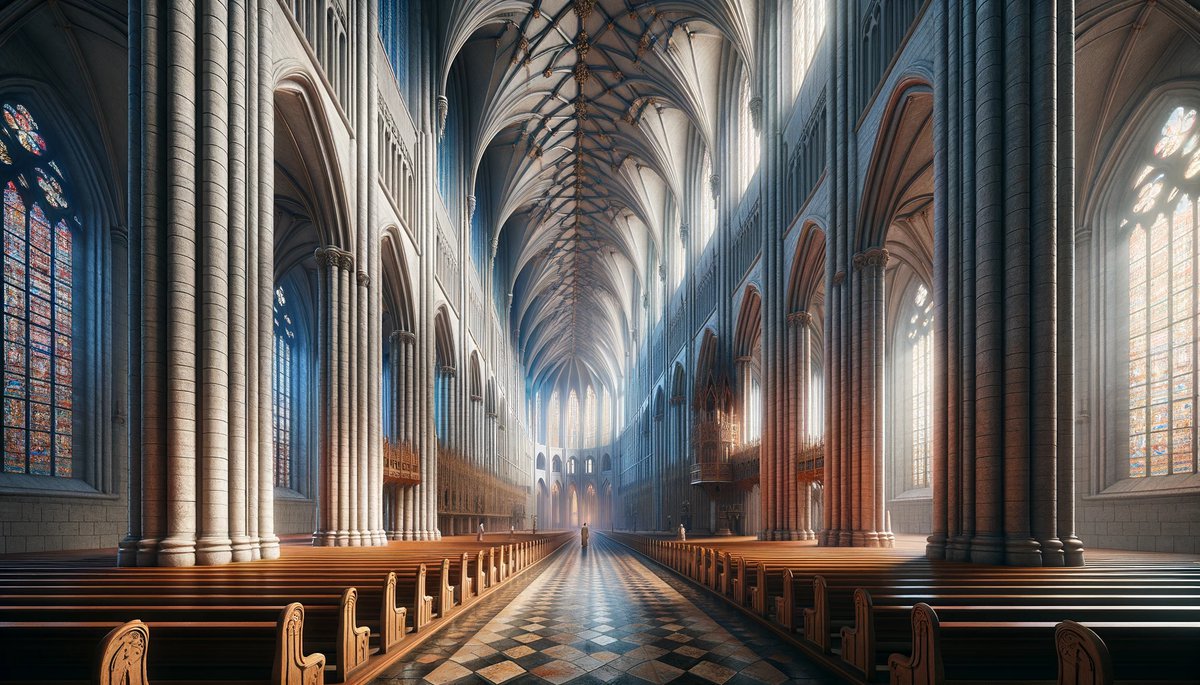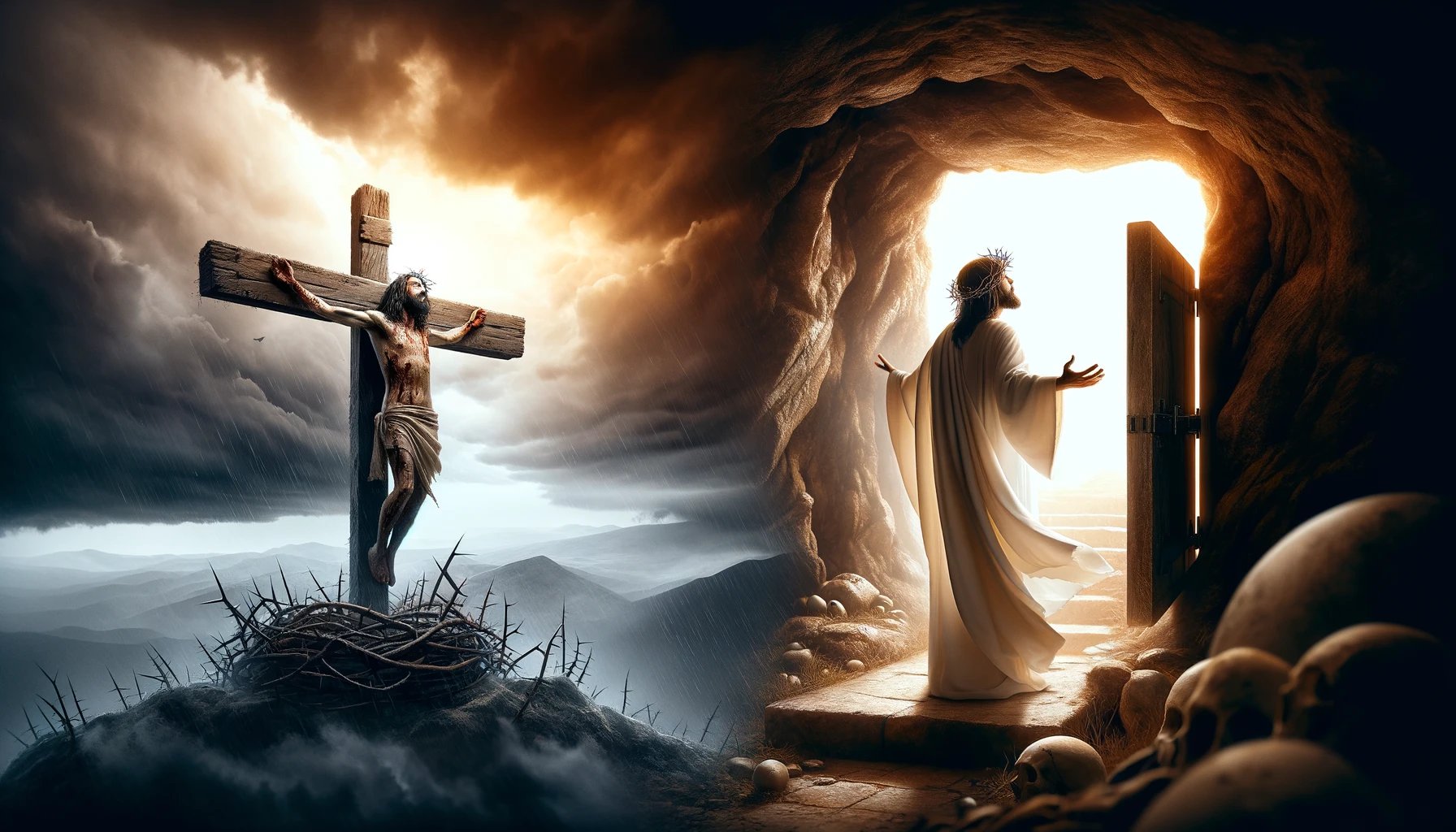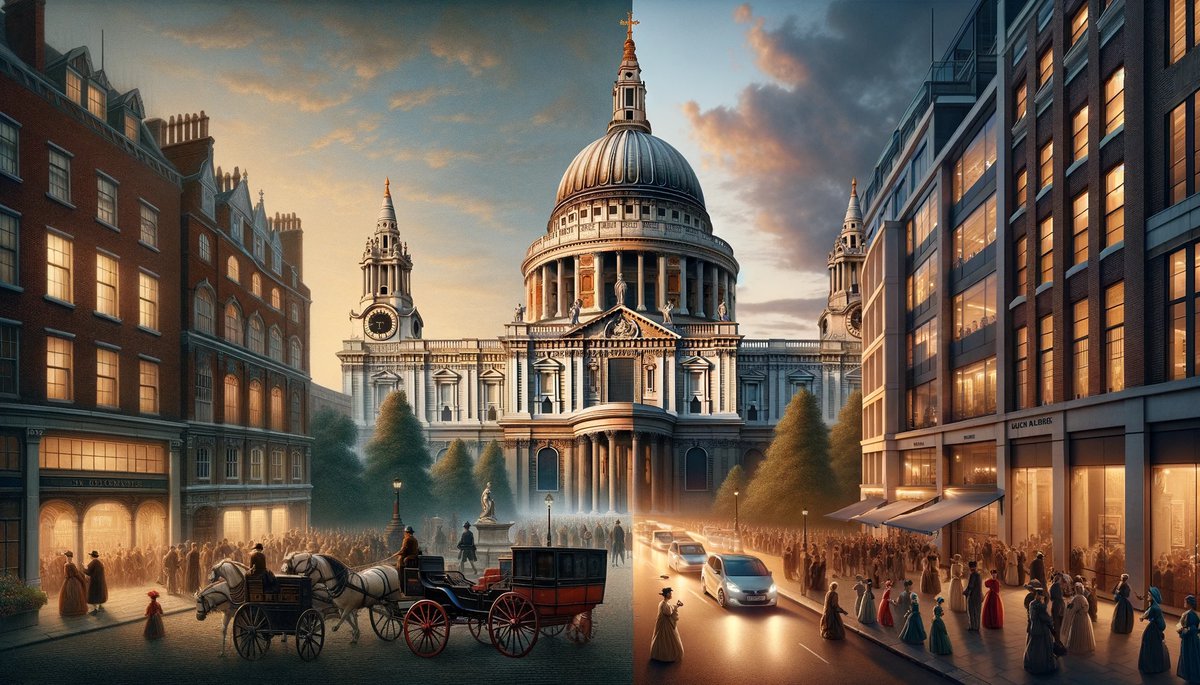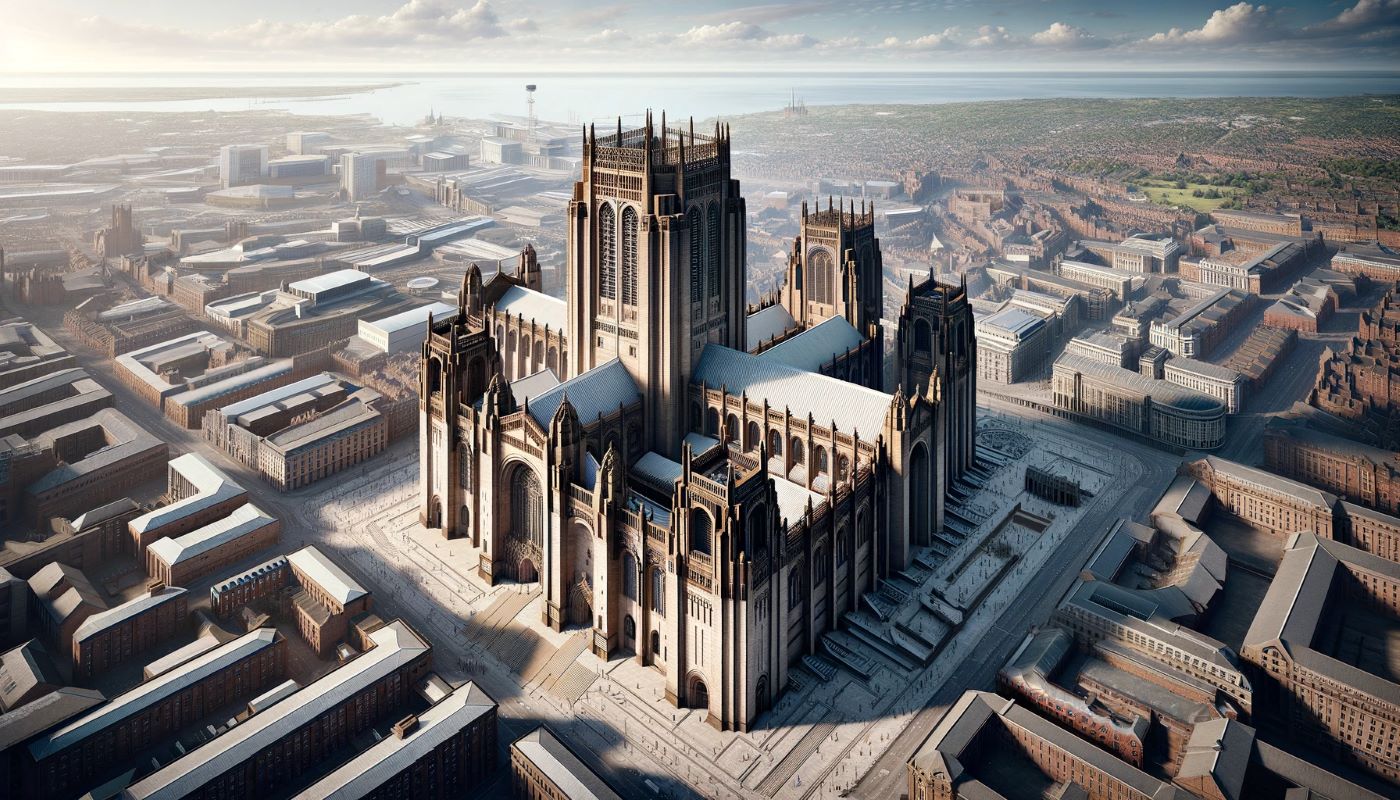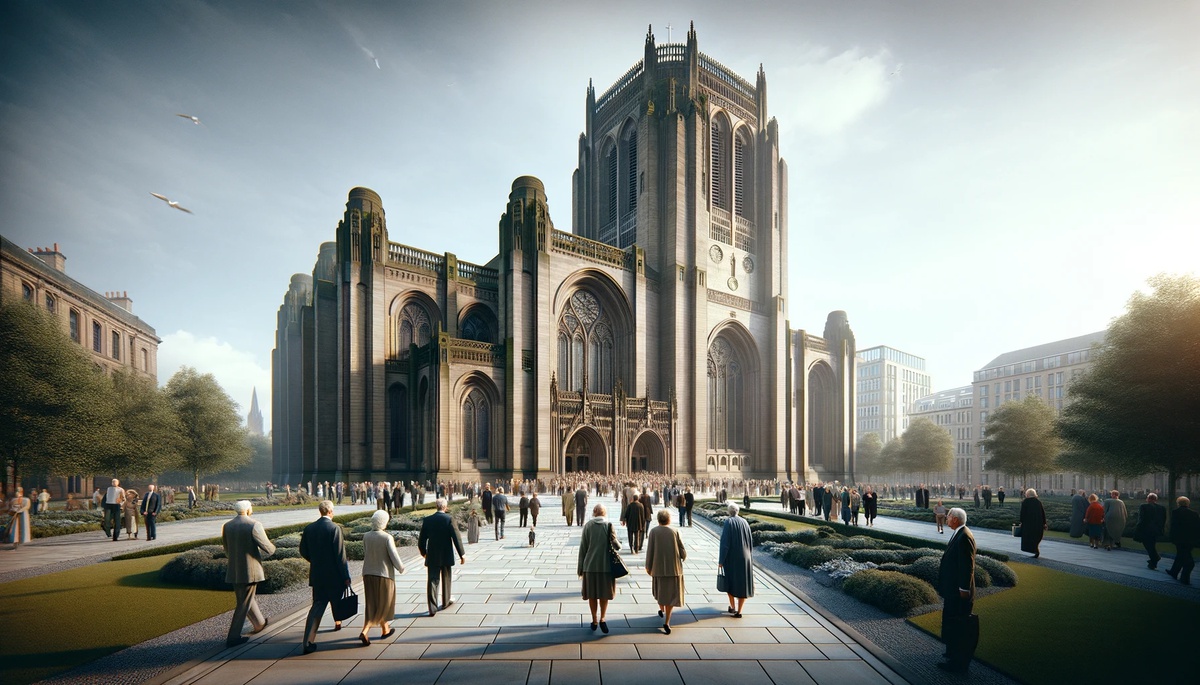Home>Arts and Culture>What Is Unique About The Sculptural Figures On Reims Cathedral?
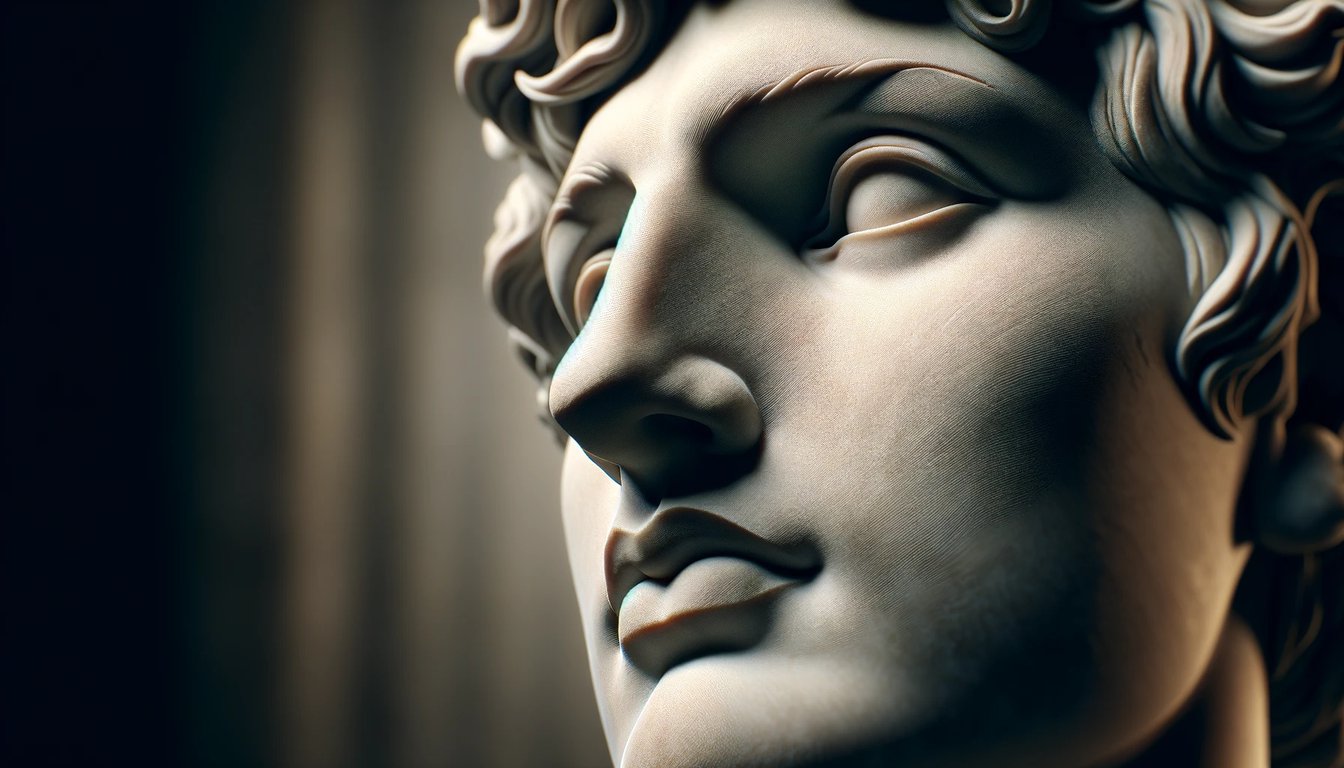

Arts and Culture
What Is Unique About The Sculptural Figures On Reims Cathedral?
Published: February 17, 2024
Peter Smith, Editorial Director at Christian.net, combines deep insights into faith, politics, and culture to lead content creation that resonates widely. Awarded for his contributions to religious discourse, he previously headed a major organization for religious communicators, enhancing dialogue on faith's societal impacts.
Discover the unique sculptural figures adorning Reims Cathedral and delve into the rich arts and culture of this historic masterpiece. Uncover the intricate details and artistic significance of these remarkable sculptures.
(Many of the links in this article redirect to a specific reviewed product. Your purchase of these products through affiliate links helps to generate commission for Christian.net, at no extra cost. Learn more)
Table of Contents
Introduction
The Reims Cathedral, a masterpiece of Gothic architecture, stands as a testament to the artistic and cultural richness of medieval Europe. Among its many remarkable features, the sculptural figures adorning the exterior of the cathedral captivate visitors with their intricate details and profound symbolism. These sculptural figures, also known as "jamb statues," are not mere decorations; they are a reflection of the religious, social, and artistic values of the era in which they were created.
The Reims Cathedral, located in the heart of the Champagne region in France, has long been revered as a site of coronation for French kings. Its significance extends beyond its religious and historical importance, as it also serves as a living museum of medieval art and craftsmanship. The sculptural figures, which adorn the portals and facades of the cathedral, offer a glimpse into the spiritual and cultural beliefs of the people who lived during the cathedral's construction.
As we delve into the world of the sculptural figures on Reims Cathedral, we embark on a journey through time, exploring the stories and symbolism etched into stone by the hands of master artisans. Each figure has a tale to tell, a message to convey, and a legacy to impart to future generations. By unraveling the mysteries and meanings behind these sculptural marvels, we gain a deeper understanding of the artistic ingenuity and spiritual fervor that defined the medieval era.
In the following sections, we will unravel the historical background of the Reims Cathedral, provide an overview of the sculptural figures that adorn its exterior, delve into the unique features of these figures, explore the symbolism and meaning behind their intricate designs, and examine the enduring influence and legacy of these timeless works of art. Join us as we embark on a captivating exploration of the sculptural figures on Reims Cathedral, where history, art, and spirituality converge in a symphony of stone and symbolism.
Read more: Who Designed The Reims Cathedral?
Historical background of Reims Cathedral
The Reims Cathedral, also known as the Notre-Dame de Reims, stands as a crowning jewel of Gothic architecture and holds a significant place in French history. Its origins can be traced back to the 5th century when a basilica dedicated to Saint Christopher was erected on the site. However, the construction of the current cathedral began in the 13th century, under the patronage of Archbishop Aubrey de Humbert. The cathedral was designed to replace an earlier structure that had been destroyed by fire.
The construction of the Reims Cathedral spanned several centuries, with various architects and master builders contributing to its grandeur. The cathedral's intricate design and imposing stature were a testament to the wealth and power of the Church during the medieval period. It served as a symbol of religious authority and a focal point for the coronation ceremonies of French monarchs.
One of the most pivotal moments in the cathedral's history occurred in 1429 when Joan of Arc stood before the newly crowned Charles VII at Reims Cathedral, solidifying his legitimacy as the rightful king of France. This historic event further elevated the cathedral's status as a site of national importance and added to its mystique and allure.
The Reims Cathedral also bore witness to the ravages of war, particularly during World War I when it sustained significant damage from German artillery fire. However, extensive restoration efforts were undertaken to preserve and revive this architectural marvel, ensuring that its splendor endured for future generations to admire.
Today, the Reims Cathedral continues to stand as a living testament to the artistic and spiritual aspirations of the medieval era. Its rich history, intertwined with the coronations of French kings and the tumultuous events of French history, imbues the cathedral with a profound sense of significance and reverence.
As we explore the sculptural figures adorning the exterior of the Reims Cathedral, it is essential to appreciate the historical context in which these masterpieces were created. The cathedral's enduring legacy and cultural significance provide a compelling backdrop for understanding the artistry and symbolism encapsulated within its sculptural adornments.
Overview of the sculptural figures on Reims Cathedral
The exterior of the Reims Cathedral is adorned with a stunning array of sculptural figures, each meticulously carved into the stone facades and portals of the edifice. These figures, known as jamb statues, are a defining feature of Gothic architecture and serve as a visual testament to the religious and cultural ethos of the medieval era.
The sculptural figures on the Reims Cathedral are primarily located on the portals, or entrances, of the cathedral. These intricately carved statues depict a diverse array of subjects, including biblical figures, saints, angels, and symbolic representations of virtues and vices. Each figure is a masterful work of art, showcasing the skill and craftsmanship of the artisans who brought them to life.
The jamb statues are arranged in a hierarchical manner, with the most important figures occupying central positions, while lesser figures flank them on either side. This arrangement reflects the religious and social hierarchy of the medieval period, where divine and earthly authority were intricately intertwined.
The sculptural figures also serve a didactic purpose, conveying moral and theological lessons to the illiterate masses who visited the cathedral. Through their expressive gestures, serene countenances, and symbolic attributes, these figures communicated narratives from the Bible, exemplified the virtues of piety and righteousness, and warned against the perils of sin and temptation.
In addition to the jamb statues, the exterior of the Reims Cathedral features a wealth of sculptural ornamentation, including intricate reliefs, gargoyles, and decorative elements that contribute to the overall visual splendor of the edifice. These sculptural embellishments, meticulously integrated into the architectural design, create a harmonious fusion of form and function, elevating the cathedral to a realm of transcendent beauty and spiritual significance.
As visitors approach the Reims Cathedral, they are greeted by a mesmerizing ensemble of sculptural figures that beckon them to contemplate the divine mysteries and spiritual truths encapsulated within the stone. Each figure tells a story, evokes an emotion, and invites reverence, serving as a timeless testament to the enduring power of art and faith.
The sculptural figures on the Reims Cathedral stand as silent sentinels of a bygone era, preserving the collective wisdom, aspirations, and beliefs of those who labored to create this architectural marvel. As we immerse ourselves in the presence of these timeless works of art, we are transported to a world where stone comes alive with the fervor of human creativity and the transcendence of spiritual devotion.
Unique features of the sculptural figures
The sculptural figures adorning the Reims Cathedral exhibit a myriad of unique features that distinguish them as exceptional examples of medieval artistry and craftsmanship. These distinctive attributes contribute to the enduring allure and cultural significance of the cathedral's exterior adornments.
1. Exquisite Detailing:
The sculptural figures on the Reims Cathedral are characterized by their exquisite detailing, which reflects the meticulous skill and artistry of the craftsmen who brought them to life. Every fold of drapery, every delicate facial expression, and every symbolic attribute is rendered with precision and finesse, showcasing the mastery of the artisans in capturing lifelike and expressive forms in stone.
Read more: When Was Reims Cathedral Built
2. Symbolic Attributes:
Each sculptural figure is adorned with symbolic attributes that convey deeper layers of meaning and significance. Whether it is the attributes associated with biblical figures and saints or the allegorical representations of virtues and vices, these symbolic elements enrich the visual narrative of the sculptures, inviting contemplation and interpretation.
3. Expressive Gestures:
The sculptural figures on the Reims Cathedral are distinguished by their expressive gestures, which imbue them with a sense of dynamism and emotional resonance. Whether it is the outstretched hand of a saint bestowing a blessing or the graceful posture of an angel in flight, these gestures convey a sense of movement and vitality, transcending the static nature of stone and inviting viewers to engage with the spiritual narratives embodied in the figures.
4. Hierarchical Arrangement:
The hierarchical arrangement of the sculptural figures, with central figures occupying prominent positions and flanked by lesser figures, reflects the social and religious hierarchy of the medieval period. This organizational structure not only emphasizes the divine and earthly authority but also serves as a visual manifestation of the prevailing power dynamics and religious symbolism of the era.
5. Integration with Architectural Elements:
The sculptural figures seamlessly integrate with the architectural elements of the cathedral, enhancing the overall visual harmony and grandeur of the edifice. Whether they are nestled within the portals or positioned atop the buttresses, these figures become an integral part of the architectural ensemble, contributing to the cathedral's cohesive and awe-inspiring aesthetic.
6. Preservation of Original Features:
Despite the passage of centuries, many of the sculptural figures on the Reims Cathedral retain a remarkable degree of their original features, thanks to meticulous restoration efforts. This preservation allows contemporary viewers to appreciate the intricate details and artistic vision of the medieval sculptors, fostering a profound connection with the cultural heritage encapsulated within these timeless works of art.
In essence, the unique features of the sculptural figures on the Reims Cathedral converge to create a captivating tapestry of artistic expression, spiritual symbolism, and historical resonance. These figures transcend their role as mere decorative elements, serving as enduring testaments to the ingenuity and creativity of the medieval artisans who sculpted them, and inviting contemporary audiences to immerse themselves in the timeless beauty and profound significance of these remarkable creations.
Symbolism and meaning behind the sculptural figures
The sculptural figures adorning the Reims Cathedral are imbued with rich symbolism and profound meaning, serving as visual conduits for conveying theological, moral, and allegorical messages to the faithful and the curious alike. Each figure, whether depicting biblical characters, saints, angels, or symbolic representations of virtues and vices, encapsulates layers of significance that invite contemplation and interpretation.
Biblical and Religious Symbolism:
Many of the sculptural figures on the Reims Cathedral represent biblical characters and scenes, embodying the sacred narratives and teachings of Christianity. From the majestic figures of Christ and the Virgin Mary to the apostles, prophets, and martyrs, these sculptures serve as visual reminders of the divine stories and spiritual truths enshrined in the scriptures. Their presence on the cathedral's exterior not only elevates the sacred nature of the edifice but also invites worshippers and visitors to engage with the foundational tenets of the Christian faith.
Allegorical Representations:
In addition to biblical figures, the sculptural adornments on the Reims Cathedral feature allegorical representations of virtues and vices, each with its own symbolic attributes and visual cues. These allegorical figures, often depicted in pairs or juxtaposed arrangements, serve as moral exemplars and cautionary symbols, urging viewers to contemplate the eternal struggle between good and evil, righteousness and temptation. Through their expressive gestures and symbolic attributes, these allegorical figures convey timeless lessons about the human condition and the pursuit of moral rectitude.
Read more: The Purpose Of The Detailed Sculptures Usually Found On The Exterior Of A Gothic Cathedral
Iconography and Attributes:
The sculptural figures on the cathedral are adorned with distinctive iconographic elements and attributes that convey specific meanings and associations. Whether it is the symbolic attributes carried by saints and martyrs, such as the instruments of their martyrdom or the objects representing their earthly deeds, or the allegorical symbols of virtues and vices, these visual cues enrich the narratives embodied in the sculptures, inviting viewers to decipher their hidden meanings and unravel the layers of symbolism woven into each figure.
Spiritual Contemplation and Devotion:
Beyond their symbolic and allegorical significance, the sculptural figures on the Reims Cathedral serve as catalysts for spiritual contemplation and devotion. Their serene countenances, expressive gestures, and ethereal presence evoke a sense of reverence and awe, prompting viewers to engage in introspection and prayer. Whether it is the compassionate gaze of a saint or the triumphant posture of an angel, these figures create an atmosphere of spiritual transcendence, inviting visitors to immerse themselves in the divine mysteries and sacred narratives encapsulated within the stone.
Enduring Legacy:
The symbolism and meaning behind the sculptural figures on the Reims Cathedral endure as timeless expressions of faith, morality, and artistic ingenuity. Their presence on the cathedral's exterior continues to inspire wonder and introspection, bridging the chasm of centuries to impart profound insights into the religious and cultural ethos of the medieval era. As contemporary audiences gaze upon these sculptural marvels, they are invited to partake in a visual symphony of symbolism and meaning, where stone becomes a vessel for conveying the eternal truths and enduring legacies of human creativity and spiritual devotion.
In essence, the symbolism and meaning behind the sculptural figures on the Reims Cathedral transcend their role as mere decorative elements, serving as profound conduits for engaging with the spiritual, moral, and artistic dimensions of medieval culture. Each figure becomes a living testament to the enduring power of visual storytelling and the timeless resonance of symbolic expression, inviting viewers to embark on a journey of contemplation and discovery within the hallowed precincts of the cathedral.
Influence and legacy of the sculptural figures
The influence and legacy of the sculptural figures adorning the Reims Cathedral extend far beyond their role as architectural embellishments. These timeless works of art have left an indelible mark on the realms of art, culture, and spirituality, shaping the collective consciousness and inspiring generations of artists, scholars, and pilgrims.
Read more: What Is Special About The Amiens Cathedral
Artistic Inspiration:
The sculptural figures on the Reims Cathedral have served as a wellspring of artistic inspiration, influencing subsequent generations of sculptors, painters, and craftsmen. Their exquisite detailing, expressive gestures, and profound symbolism have set a standard of excellence in the realm of religious art, inspiring countless artists to imbue their creations with spiritual depth and aesthetic refinement. The legacy of these sculptural figures resonates in the masterpieces of Renaissance and Baroque art, where the fusion of religious devotion and artistic virtuosity finds its roots in the medieval sculptural traditions exemplified by the Reims Cathedral.
Cultural Significance:
As enduring symbols of medieval religious fervor and cultural expression, the sculptural figures on the Reims Cathedral hold immense cultural significance. They stand as tangible manifestations of the spiritual beliefs, moral values, and artistic achievements of the medieval era, offering contemporary audiences a window into the collective consciousness of a bygone age. Their legacy transcends the boundaries of time and space, serving as ambassadors of medieval culture and spirituality to a global audience, fostering a deeper appreciation for the rich tapestry of human creativity and faith.
Spiritual Pilgrimage:
The sculptural figures on the Reims Cathedral continue to beckon pilgrims and visitors on a spiritual pilgrimage, inviting them to contemplate the divine mysteries and timeless truths embodied in the stone. Their presence evokes a sense of reverence and awe, creating a sacred atmosphere that transcends the mundane concerns of everyday life. Pilgrims, art enthusiasts, and seekers of spiritual enlightenment are drawn to the cathedral, where the sculptural figures stand as silent witnesses to the enduring quest for transcendence and spiritual fulfillment.
Preservation and Restoration:
The enduring legacy of the sculptural figures is upheld through dedicated preservation and restoration efforts, ensuring that these masterpieces endure for future generations to admire and cherish. Meticulous conservation initiatives safeguard the integrity of the sculptures, allowing their timeless beauty and historical significance to persist in the face of the ravages of time and the elements. By preserving the sculptural figures, we honor the legacy of the artisans who sculpted them and reaffirm their enduring relevance in the cultural heritage of humanity.
In essence, the influence and legacy of the sculptural figures on the Reims Cathedral resonate across the corridors of art, culture, and spirituality, leaving an indelible imprint on the human experience. Their enduring significance serves as a testament to the enduring power of artistic expression and spiritual devotion, inviting us to partake in a timeless dialogue with the aspirations and achievements of those who came before us.

